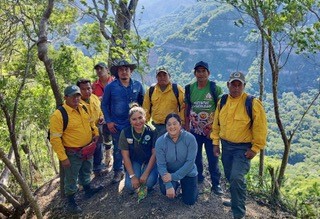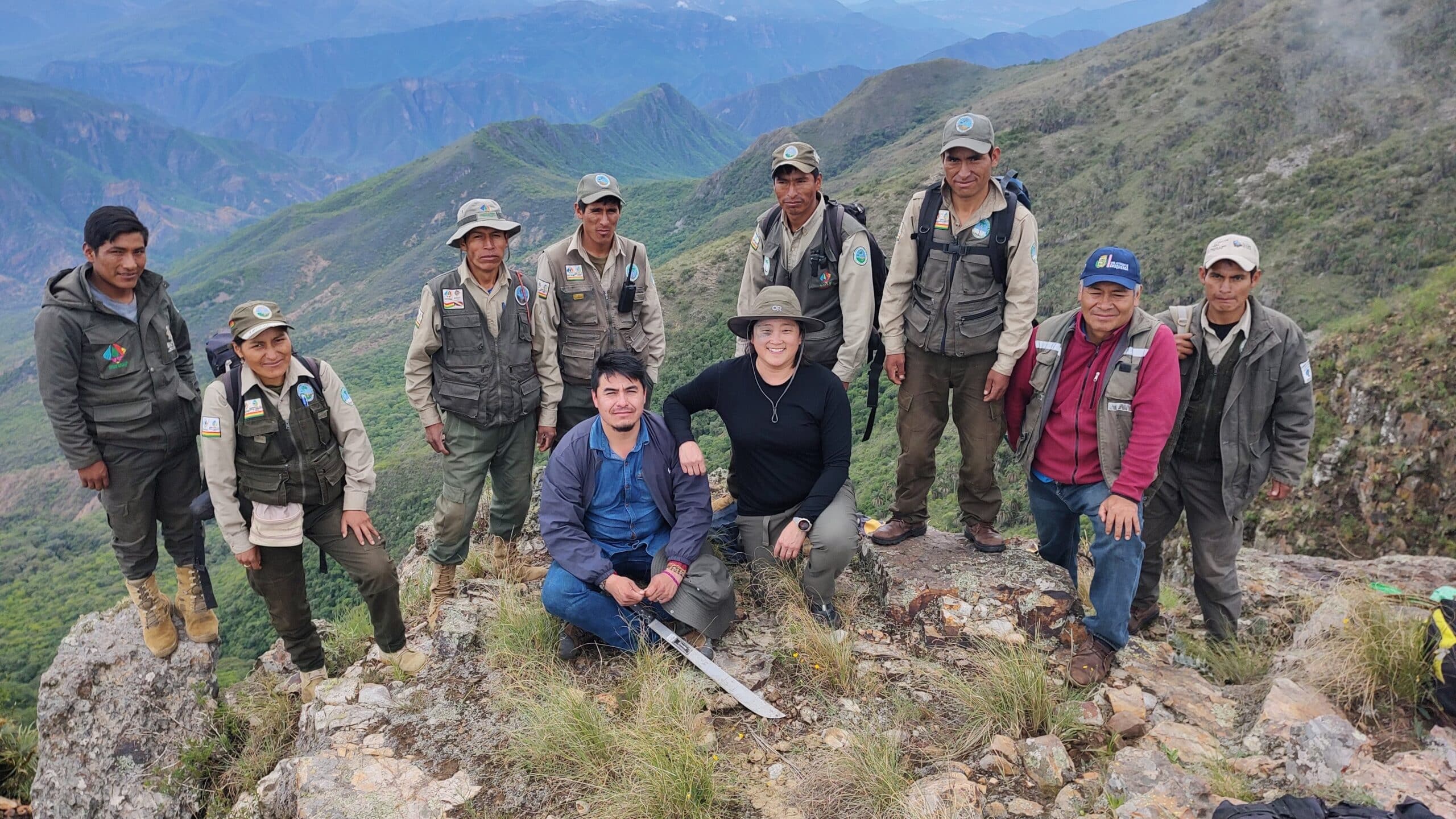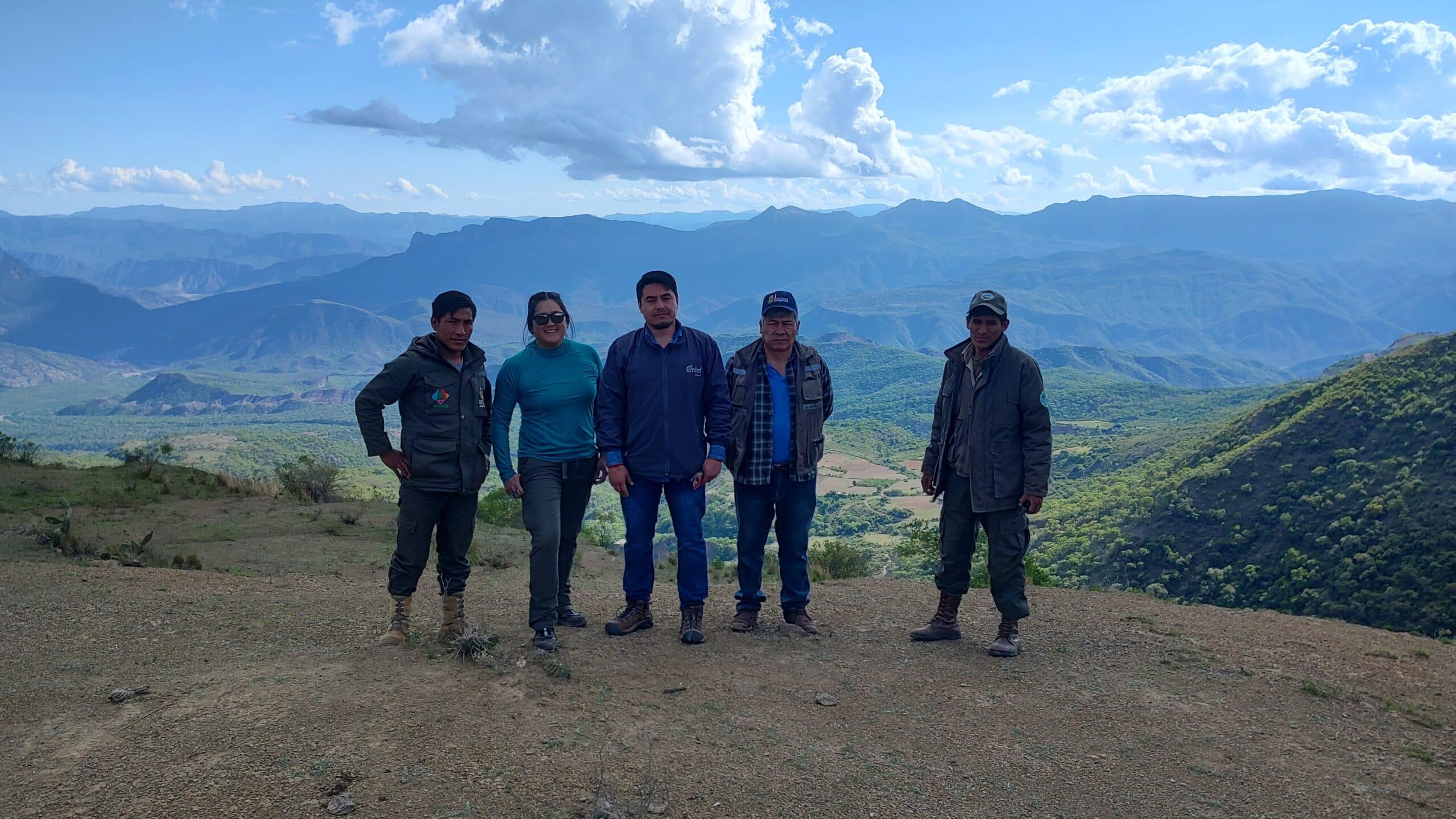Expert Profile
This is part of our TAP Blog series, bringing stories from our Canadian Experts’ deployments. In the context of International Women’s Day, we salute our TAP wildfire expert Jane working in collaboration with the Government of Bolivia’s National Protected Areas Service (SERNAP), in protected areas and reserves. She is currently in Bolivia and will provide technical assistance to support the management of forest fires in protected areas and indigenous territories in the Bolivian Amazon and adjacent forest ecosystems. Here is her story.
Supporting forest fire management to reduce environmental impacts in Bolivia
By Jane Park
From January 17-25th I had to opportunity to travel to 5 different protected areas in Bolivia: 1) Tariquía Flora and Fauna National Reserve; 2) Aguaragüe National Park and Integrated Management Natural Area (ANMI); 3) Amboró National Park; 4) ANMI El Palmar and 5) Tunari National Park.
My experience as a national park warden in my early career provided many points of commonality with the Bolivian rangers I met. However, unlike Canada, Bolivian park rangers often lack the hand tools, aircraft and personal protective equipment that Canadian wildland fire fighters are used to. Coupled with unforgiving steep, high altitude terrain with scarce water sources, wildland fire suppression can be a very challenging endeavour. Nearly all the park rangers I met were from local communities or Indigenous communities adjacent or within the protected areas. As such, not only did they hold vast amounts of local knowledge on the culture, flora and fauna of these areas they were also well-versed in the most effective fire suppression strategies and tactics for the terrain and fuel. Providing them with additional fireline leadership and incident organizational skills will only help to strengthen their abilities to pass along their knowledge to the communities and volunteers that assist them during wildfires.
Bolivian protected areas host some of the highest terrestrial biodiversity in the world. However, wildfires combined with climate change induced drought and longer fire seasons are threatening these important ecosystems.
Though some of Bolivia’s grassland ecosystems are adapted to frequent fire, many of the humid and seasonally dry tropical rainforests are not. Often chaqueos (land clearing burns) that are lit under windy or drought conditions spread into adjacent native forests, sometimes resulting in catastrophic, large wildfires. From 2001 to 2021, Bolivia lost 1.60Mha of tree cover from fires (Global Forest Watch, 2023) and recent studies of key biodiversity areas for endangered and threatened bird species in Bolivia point to wildfires being one of the greatest threats.
Though the number of park rangers varies by the size and complexity of the protected area, I was able to meet between 10-15 park rangers at each of the 5 areas we visited. Their work of patrolling the areas for illegal activities (including illegal burning and vegetation harvest), monitoring of wildlife and vegetation, and responding to emergencies and natural disasters mirrors the work that park wardens and rangers do in Canadian protected areas.
Through a series of train-the-trainer workshops, park rangers in these protected areas will be better able to lead wildfire suppression actions in coordination with local communities, municipalities, departments, and the newly formed Joint Command for Reaction to Adverse Emergencies of the Armed Forces (CC-REA). The workshops aim to improve leadership and incident management skills of park rangers who are often the first responders to these wildfire events.



